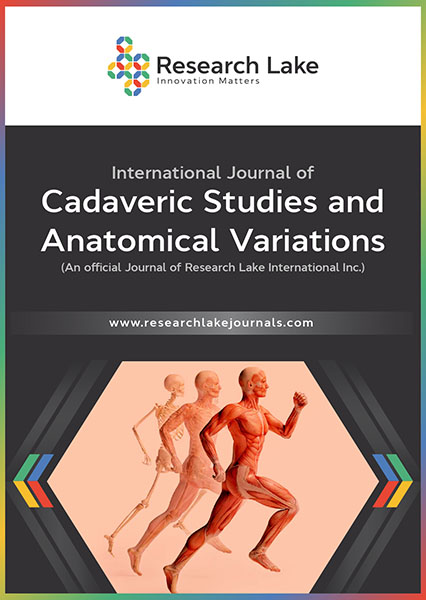A Case Series Cadaveric Study on Acquired and Congenital Azygos Venous System Variations
Azygos variation and clinical correlation
Abstract
The azygos venous system holds essential clinical relevance as it can provide collateral circulation in cases where the superior and inferior vena cava become obstructed. Additionally, it is important in imaging and mediastinal procedures because variations in this system may be confused with pathology. In this study, the azygos system of 31 embalmed anatomy donors was dissected, analyzed, and classified according to the Anson McVay system and Dahran and Saomes subclassification. Out of 31 donors, one (3.22%) donor was classified as Type I, 27 (87.09%) were Type II, two (6.45%) were Type III, and one (3.22%) was unobservable. These values closely replicated values previously reported in literature; however, four subjects exhibited variations that are rare or not previously reported in literature. In this paper, we describe those rare cases and consider their development and clinical relevance.
Copyright (c) 2023 Maroutcha Mouawad, Savannah Newell, Colleen Cheverko

This work is licensed under a Creative Commons Attribution-NonCommercial 4.0 International License.
Copyright © by the authors; licensee Research Lake International Inc., Canada. This article is an open access article distributed under the terms and conditions of the Creative Commons Attribution Non-Commercial License (CC BY-NC) (http://creativecommons.org/licenses/by-nc/4.0/).















